Iran’s Supreme Leader, Ayatollah Ali Khamenei, broke his public hiatus to appear before the nation amidst the ongoing conflict with Israel. The 86-year-old leader, known for his influence on state affairs, had been notably absent during the 12-day war, sparking concerns about his safety.
Reports indicated that Ayatollah Khamenei had sought refuge in a secure bunker as tensions escalated between Iran and Israel. His sudden public appearance at a mourning ceremony in Tehran marked a significant moment for Iranians who rallied around their revered leader.
Witnesses captured the scene of Ayatollah Khamenei waving to a fervent crowd, symbolizing unity and resilience in the face of external threats. Iranian state television broadcasted these images, showcasing solidarity and support for their leader during turbulent times.
Despite his reappearance, no immediate reports detailed any statements made by Ayatollah Khamenei during the ceremony. This silence left room for speculation and interpretation among both domestic and international audiences regarding Iran’s next steps in the conflict with Israel.
In response to US President Donald Trump’s warnings directed at him during the unrest, Khamenei had defiantly asserted Iran’s position. He characterized Iran’s actions as delivering a message to America through military strikes on key targets, emphasizing Iran’s resolve against external aggression.
Trump’s remarks following Iran’s retaliation reflected escalating tensions between the two nations. The exchange of verbal jabs underscored the high stakes involved in the conflict and hinted at potential future confrontations if diplomatic solutions were not pursued effectively.
The toll of the conflict was grim, with over 900 casualties reported on Iran’s side along with numerous injuries. The damage inflicted on nuclear facilities added another layer of complexity to an already volatile situation. Furthermore, Iran’s subsequent denial of access to UN inspectors raised concerns about transparency regarding its nuclear program.
As speculation mounted over the extent of destruction caused by airstrikes on Iranian sites, questions arose about the future trajectory of diplomatic negotiations between Iran and other global powers like the US. The implications extended beyond regional stability as they held broader consequences for international relations.
Experts weighed in on this critical juncture, highlighting the need for de-escalation efforts to prevent further bloodshed and ensure stability in a volatile region. Their analyses underscored that dialogue and diplomacy were essential tools in navigating complex geopolitical challenges rather than relying solely on military posturing.
The emergence of Ayatollah Ali Khamenei from seclusion signaled a pivotal moment in Iran’s stance amidst heightened tensions with Israel and reiterated his enduring influence within Iranian politics. As events unfolded on the global stage, all eyes remained fixed on developments that could shape future dynamics in an ever-changing geopolitical landscape.



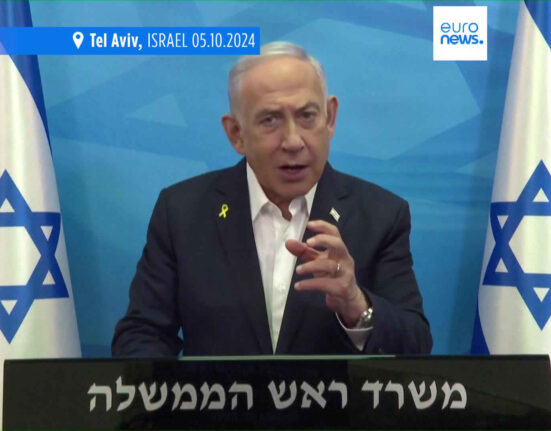
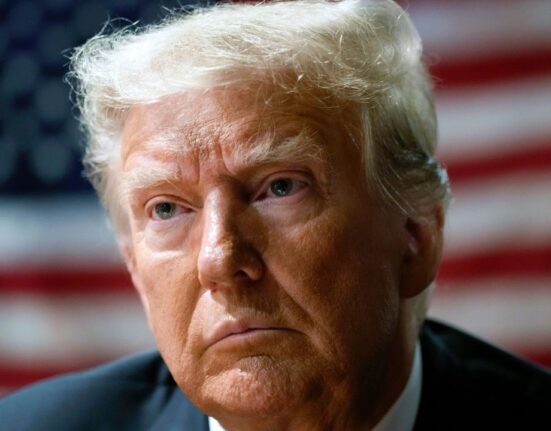
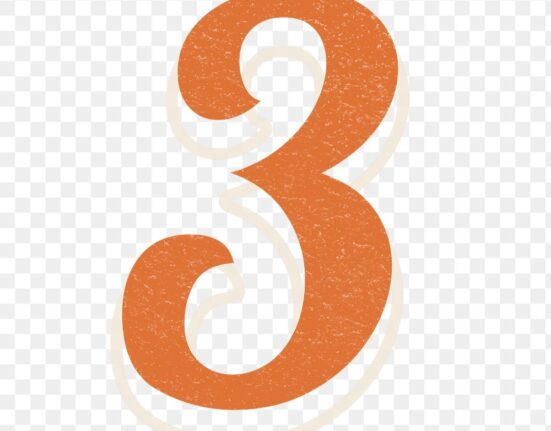
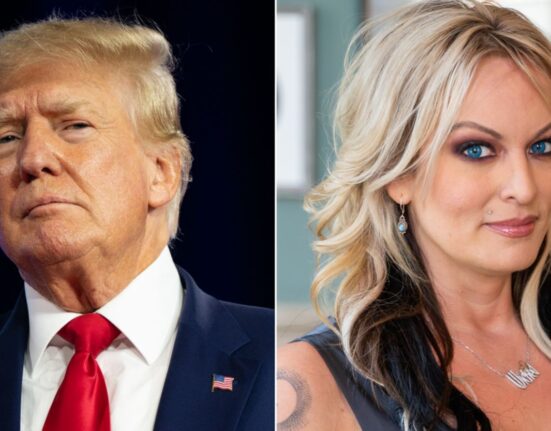
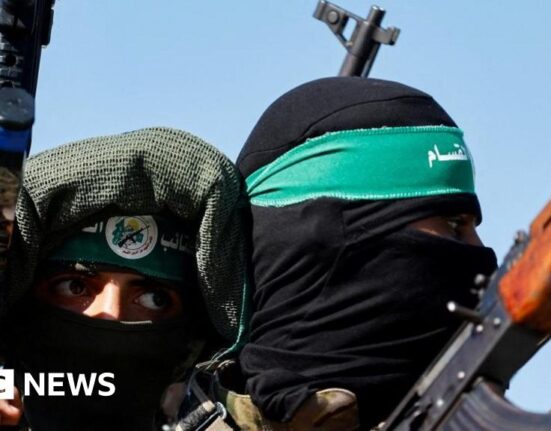
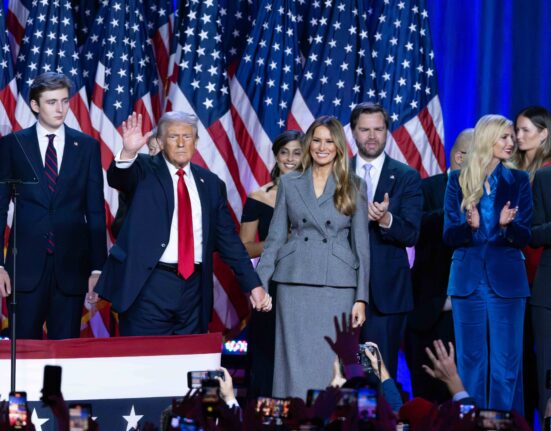
Leave feedback about this